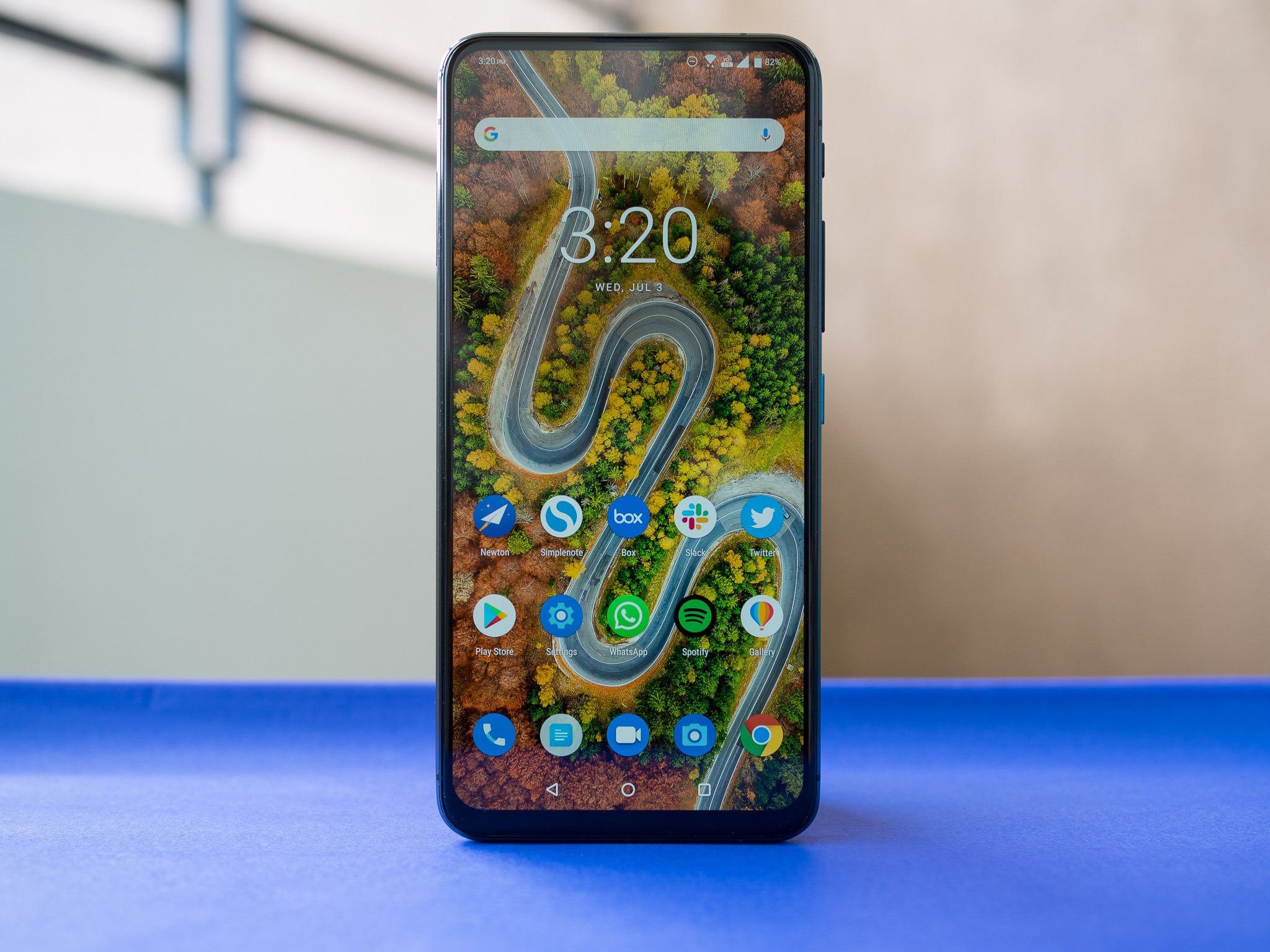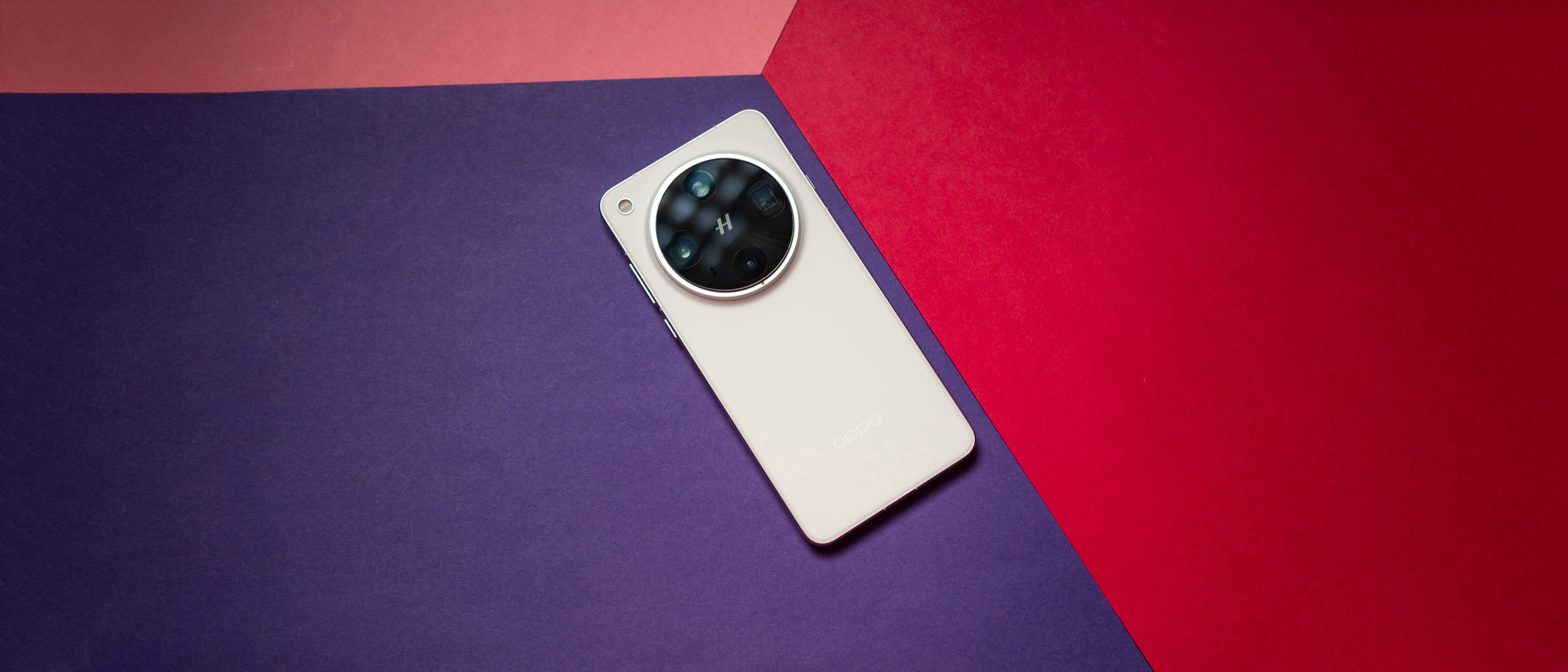ASUS has managed to reinvent itself in the value flagship space over the last 18 months. A lot of that comes down to the effect it put into tweaking its UI: the Taiwanese manufacturer overhauled ZenUI, eliminating a lot of the bloatware and paring back on the customization to deliver a user interface that's akin to Android One devices.
The changes to the user interface combined with the value on offer made the ZenFone 5z a great phone in the affordable flagship segment last year, even though the design left a lot to be desired. ASUS is continuing the momentum with the ZenFone 6, its most ambitious device yet.
The marquee feature on the ZenFone 6 is a rotating camera module that houses a 48MP Sony IMX586 sensor and a wide-angle lens. Instead of a cutout or a retractable slider for the front camera, the ZenFone 6 lets you use the rear camera for taking selfies thanks to that rotating module. Right now, it is only one of two devices — aside from the Galaxy A80 — that offers a rotating camera module, and ASUS' mechanism is much more elegant.
With ASUS officially kicking off sales in the U.S. for $500, the ZenFone 6 is a great option if you're in the market for a value flagship. I've used the phone for just over a month, and here's how it has held up.
ASUS ZenFone 6 What gives me zen
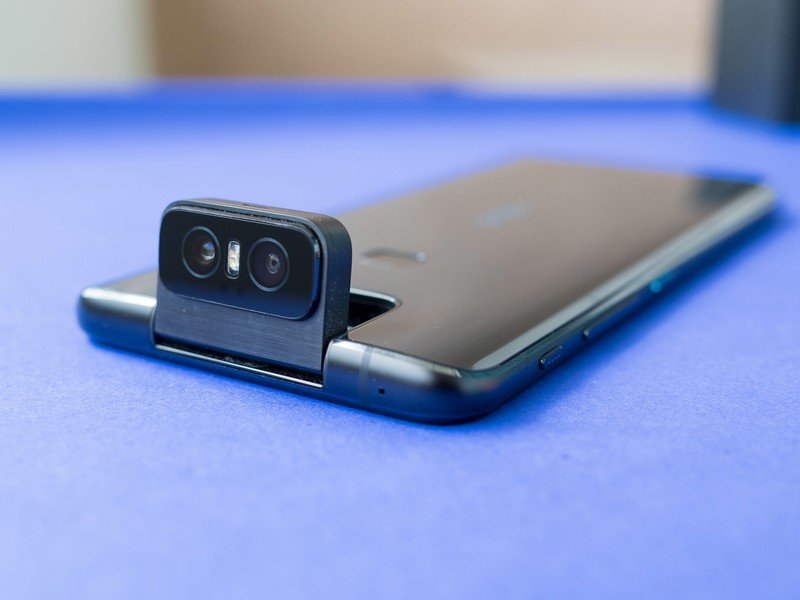
One of the main features on the ZenFone 6 is the notch-less display. By using a rotating camera, ASUS was able to get rid of the cutout, allowing the manufacturer to trim down on the bezels up front. The end result is an immersive display that is ideal for playing games. The panel itself is covered by Gorilla Glass 6, so it should be able to weather a few tumbles.
There's a small slit at the top of the display for the earpiece, which doubles as a secondary speaker. ASUS even managed to tuck an LED notification light on the top bezel, a welcome addition. The design at the back is minimal, with a large ASUS logo in blue serving to break up the design — that same blue accent is used for the power button, adding some flair to an otherwise muted aesthetic. The power button is ideally positioned, with the volume rocker sitting above it.
ASUS has another button at the top of the volume rocker, dubbed Smart Key. It's a configurable button that launches Google Assistant by default, but you can set it to open the camera, turn on the flashlight, take a screenshot, and so much more. There are three options for the button: single press, double press, and long press, and it is a useful addition. However, the fact that it sits so high up on the right side meant I didn't use the button as much as I would've liked.
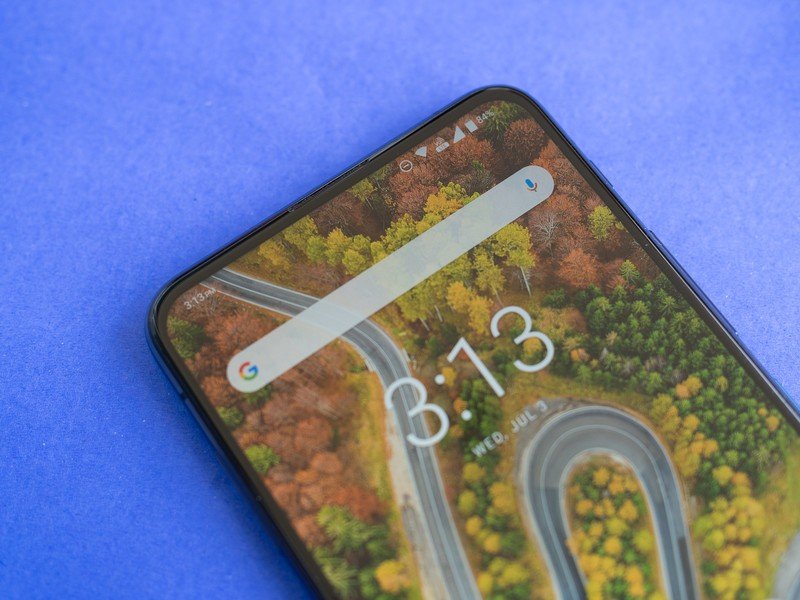
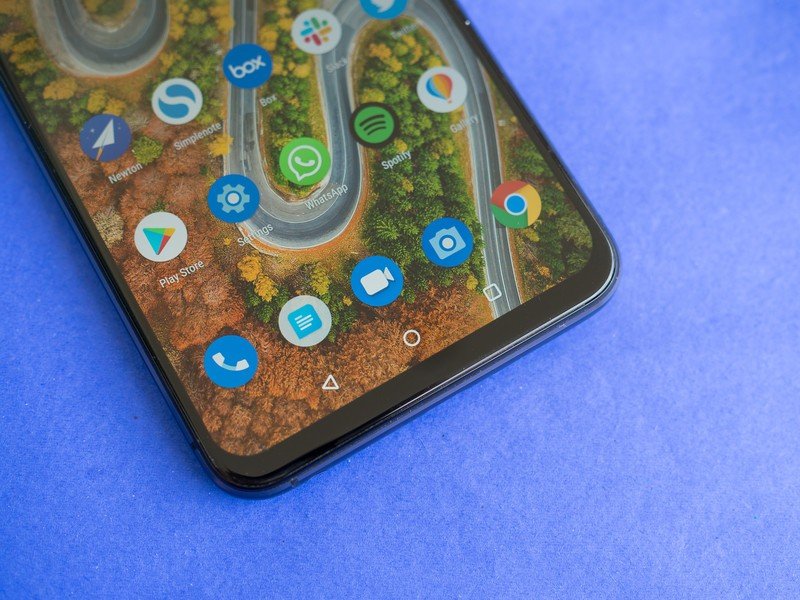
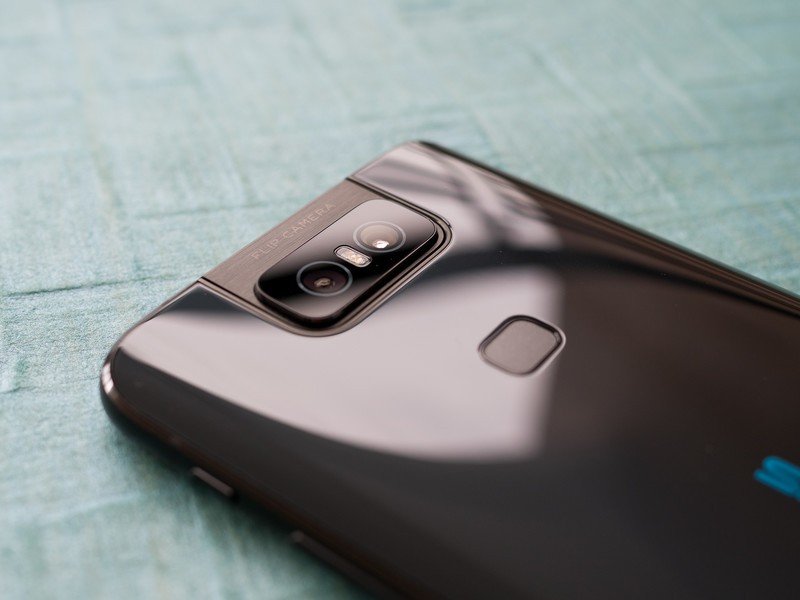
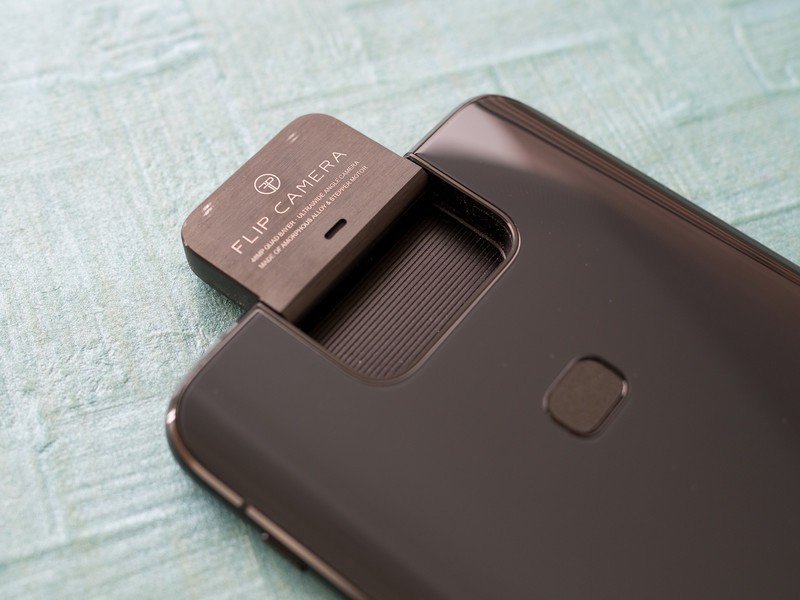
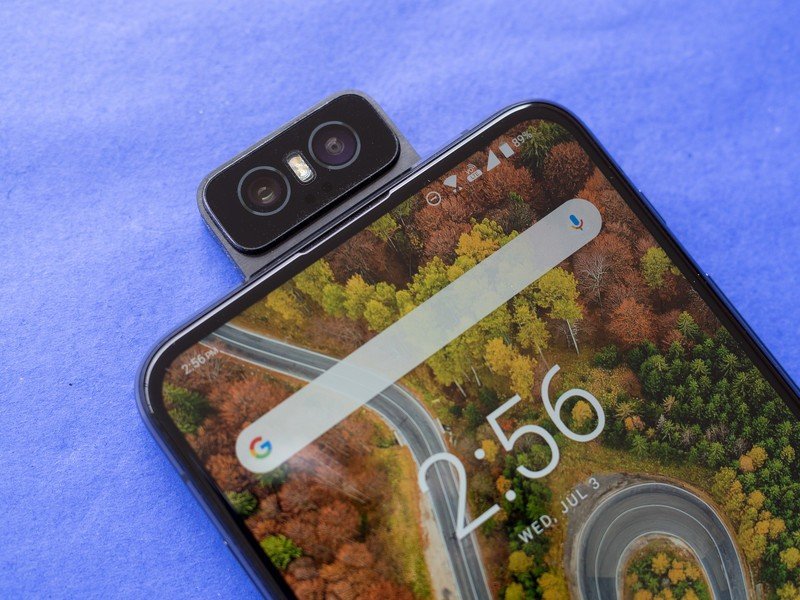
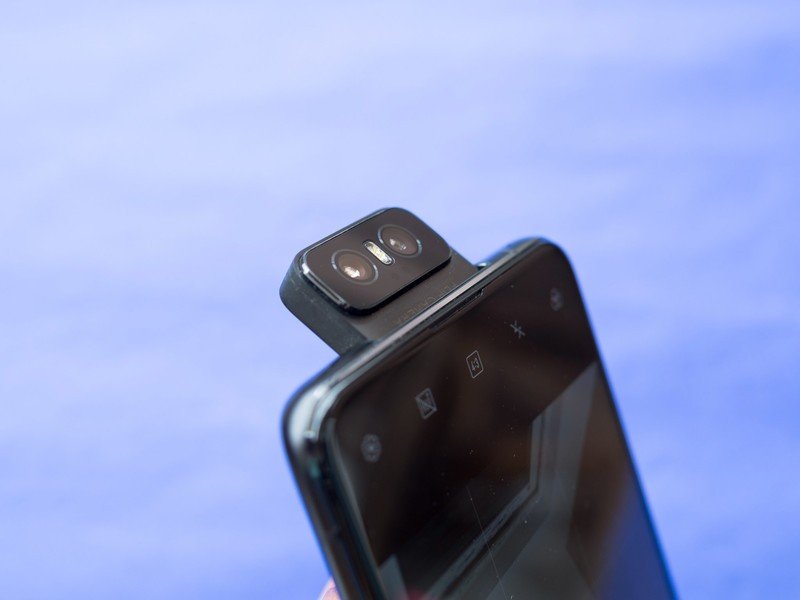
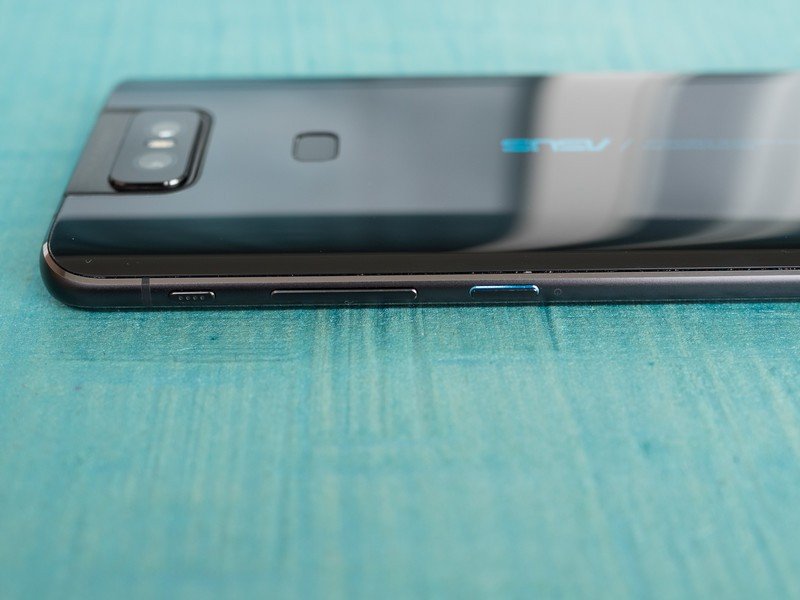
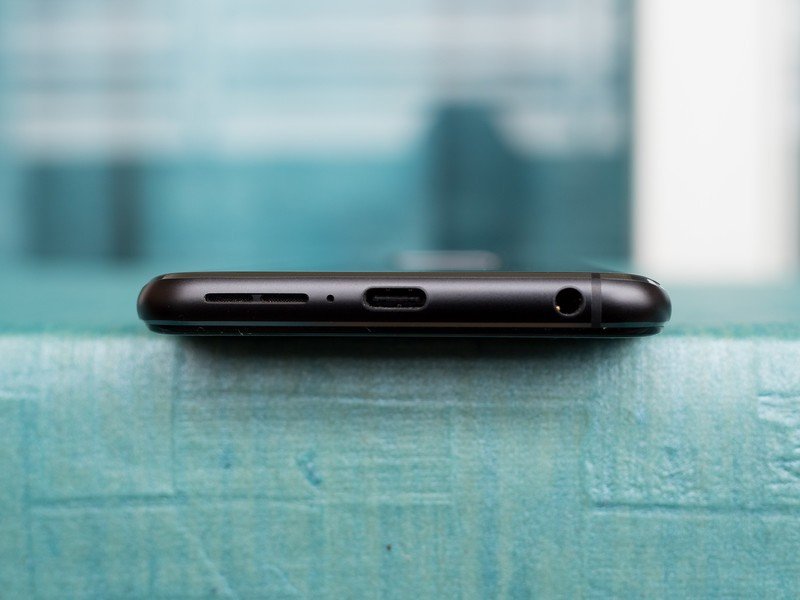
The ZenFone 6 comes in at a thickness of 9.2mm because of that massive 5000mAh battery, but the back has slight curves where it meets the frame, resulting in a more comfortable in-hand feel. And in spite of having such a large battery, the ZenFone 6 weighs a relatively modest 190g. That huge battery allows the ZenFone 6 to dominate every other phone in this category. You'll easily get two days' worth of use regardless of how hard you push the phone — on a recent vacation, I ended up using the ZenFone 6 as a hotspot just because of that stellar battery life.
The fact that you consistently get two days of use from a full charge is excellent and easily allows the ZenFone 6 to pull ahead of other devices powered by the Snapdragon 855. And when you do need to top up, the phone works over Quick Charge 4, with the wall charger in the box going up to 18W. It takes over two hours to fully charge the battery, but a 30-minute charge gets you to 40%, and that's good for a day's worth of usage.
The latest hardware available today backed by clean software and monstrous battery life.
Over on the hardware side of things, the ZenFone 6 is powered by the Snapdragon 855. The power on offer combined with the clean interface ensures the device handles everyday tasks with a breeze, and I haven't seen any slowdowns to date. The base variant comes with 6GB of RAM and 64GB of storage, and you can also pick up an option with 128GB of storage for $550, or $50 more than the 64GB model.
ASUS hasn't left out any features on the device: you get a dedicated MicroSD slot in addition to two SIM card slots, and there's a 3.5mm jack. ASUS even bundles a pair of decent-sounding earbuds in the box. There's no in-display fingerprint scanner as the display is LCD — you instead get a capacitive sensor at the back — and that's perfectly fine. It's evident that ASUS had to cut costs somewhere to bring the device down to that attractive $500 price point, and I'm okay that the brand decided to stick with a regular fingerprint sensor to do so. For what it's worth, the fingerprint sensor is positioned perfectly at the back, nestling just at the spot where your index finger usually rests when holding the phone.
Software is an area where ASUS has really managed to turn things around, with ZenUI near-indistinguishable from Android One. The interface itself is free from bloatware, but you do get a few useful customization options. There's the aforementioned Smart Key, and you get a gaming mode that turns things up to 11 to give you the best performance. You also get a screen recorder, the ability to set custom icon packs, navigation gestures, and much more.
Now, onto that flip camera module: I used it hundreds of times over the course of the month to take selfies or panorama shots, and it is just as reliable as day one. That said, I'm starting to notice a slight wobble with the sensor even when it's not engaged. The motor itself still engages smoothly, and I haven't run into any issues, but I am worried about long-term durability. There are a lot of moving parts in the module — ASUS says it used 13 gears to provide a smooth rotating motion — meaning plenty of chances for something to go wrong.


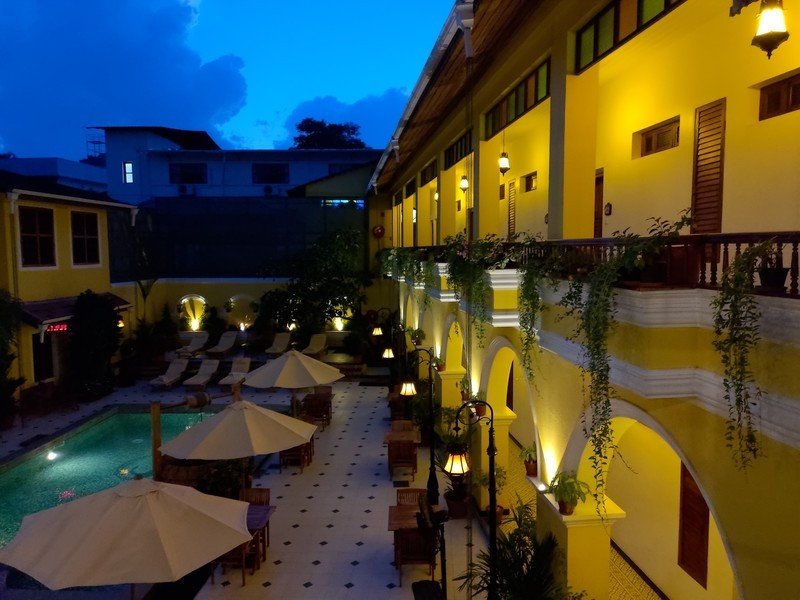




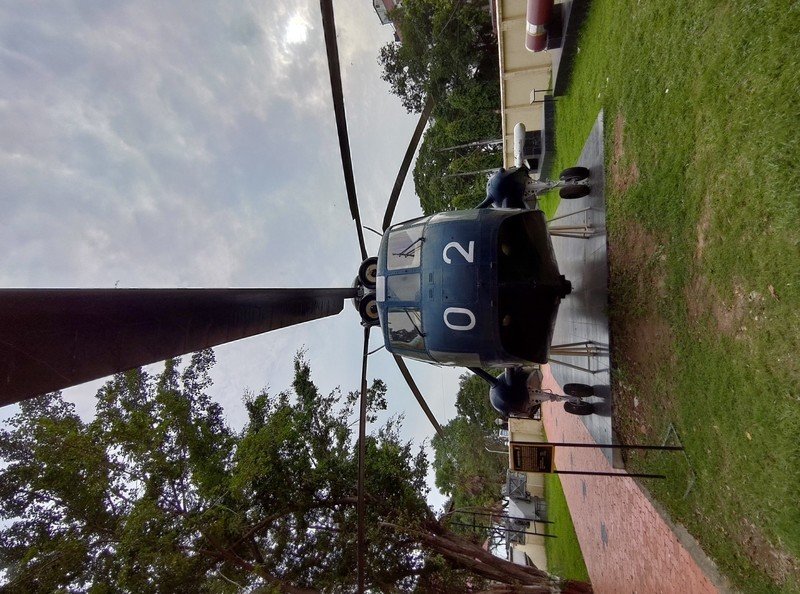
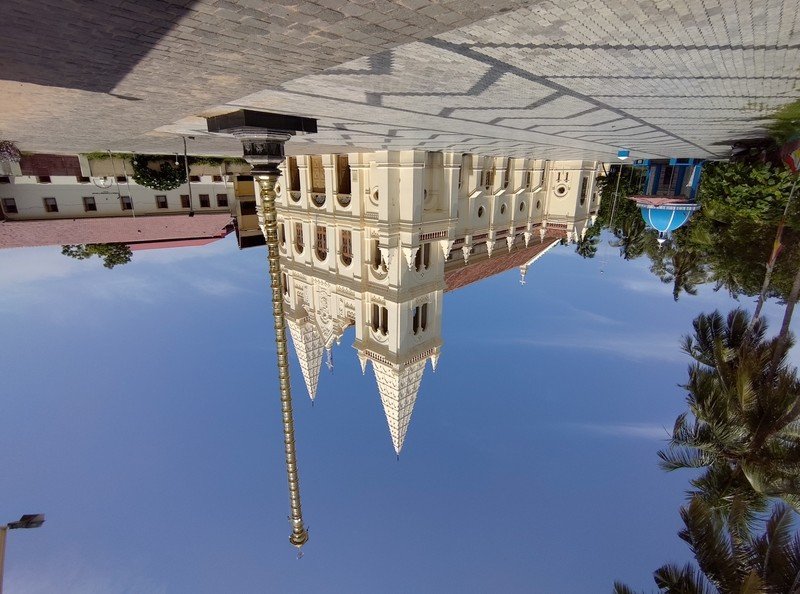
As for the 48MP IMX586 sensor itself, we've seen the module in action on the likes of the OnePlus 7 Pro, Honor 20 series, Mi 9, and other devices in the value flagship space. It is now the go-to sensor in this segment, and it's clear why: you get great shots in most lighting conditions.
ASUS ZenFone 6 What frustrates me
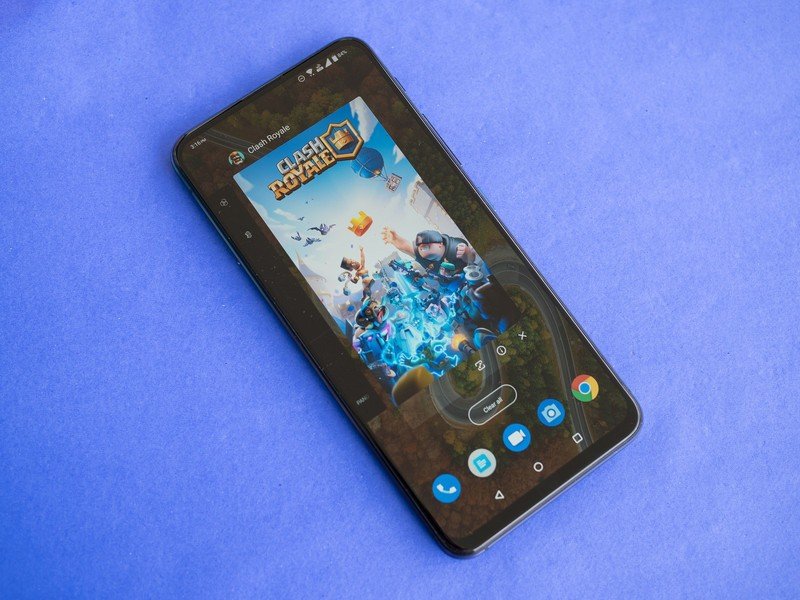
As much as I like the fact that the display doesn't have a cutout, the panel itself isn't the best you'll find in this segment. ASUS' decision to go with an LCD panel instead of an OLED display is motivated by its need to bring down overall costs, but as a result, you get a screen that just doesn't hold up to the likes of the Mi 9 or the OnePlus 7 Pro, both of which feature vibrant AMOLED displays.
The display is a letdown in this segment, and the camera isn't great at low-light scenarios.
Even after tweaking the color temperature of the screen, I wasn't able to get to a point where I found the right balance of colors. This is particularly evident when gaming, where colors look washed out.
Then there's the design: once again, I'm comparing the ZenFone 6 to other devices in this segment, where gradient patterns are the norm. Make no mistake: the ZenFone 6 has excellent build quality, but it just lacks that bit of flair that you get on devices from Honor, Xiaomi, and OnePlus. A little more thought on the design would have gone a long way to make the ZenFone 6 stand out.
Finally, the camera: it's great that ASUS is using a rotating camera design to let you take selfies with the primary 48MP sensor, but the final result is far from stellar. The few selfies I managed to take with the device came out muddy, and it was a futile effort to get a decent selfie in low-light conditions.
I got a lot of decent images out of the ZenFone 6, and there wasn't any distortion from the wide-angle lens. However, low-light shots in general left a lot to be desired, with colors looking washed out and lots of noise. This is far from the best I've seen on a device with the IMX586, and ASUS has a long way to go here.
ASUS ZenFone 6 One month later
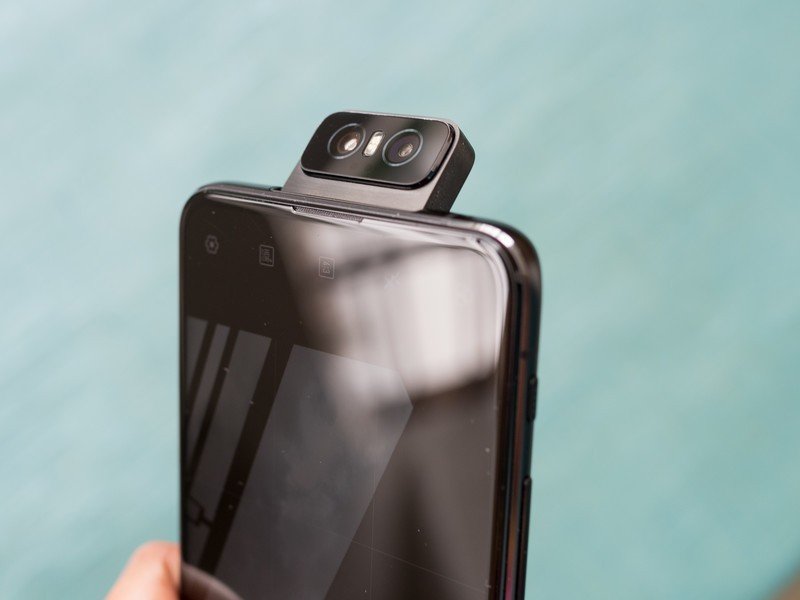
Coming in at $499, the ZenFone 6 is a solid option if you're looking for a value flagship. The flip camera is a unique addition that makes the device stand out, and while it isn't ideal in low-light conditions, you get decent shots in daylight.
After using the phone for a month, there are two standout features: battery life and software. Thanks to that 5000mAh battery, you're not going to find another device that lasts as long in this segment. The internal hardware makes it plenty capable for at least a few years, and you get a 3.5mm jack and dedicated MicroSD slot.
As for the software side of things, ASUS says it will deliver the Android Q update to the phone before the end of the year. The device has picked up numerous bug fixes in the month I've used it, so I'm willing to give ASUS the benefit of the doubt when it comes to platform updates. This has been a problem area for the brand in the past, but it looks like things are changing for the better. The clean interface backed by a host of customization options makes ZenUI one of the better skins you'll find today.
There's no shortage of choice in this segment: if you want a great camera, you'll want to pick up the $475 Pixel 3a XL. If raw power is what you're after, then there's the $670 OnePlus 7 Pro. The ZenFone 6 is slotting in at the ideal price point, and while it falls behind its rivals in a few areas, there's a lot to like on the device, and it's great value at $500.
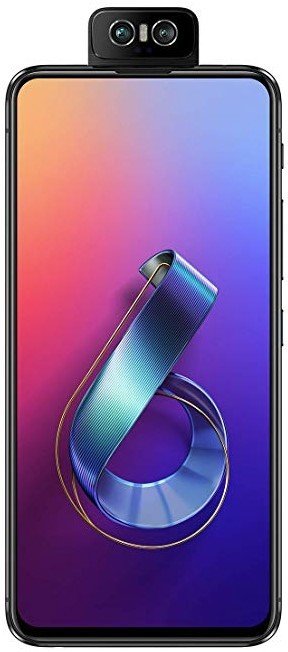
The best battery life on an affordable flagship
The ZenFone 6 combines the latest hardware with battery life that is leagues ahead of other phones in this segment. The unique flip camera means you get to take selfies with the main 48MP shooter at the back, and there's no cutout at the front. You also get a clean user interface with a ton of customization options and fast updates. Put it all together, and you get a great overall package.

Harish Jonnalagadda is Android Central's Senior Editor overseeing mobile coverage. In his current role, he leads the site's coverage of Chinese phone brands, networking products, and AV gear. He has been testing phones for over a decade, and has extensive experience in mobile hardware and the global semiconductor industry. Contact him on Twitter at @chunkynerd.
